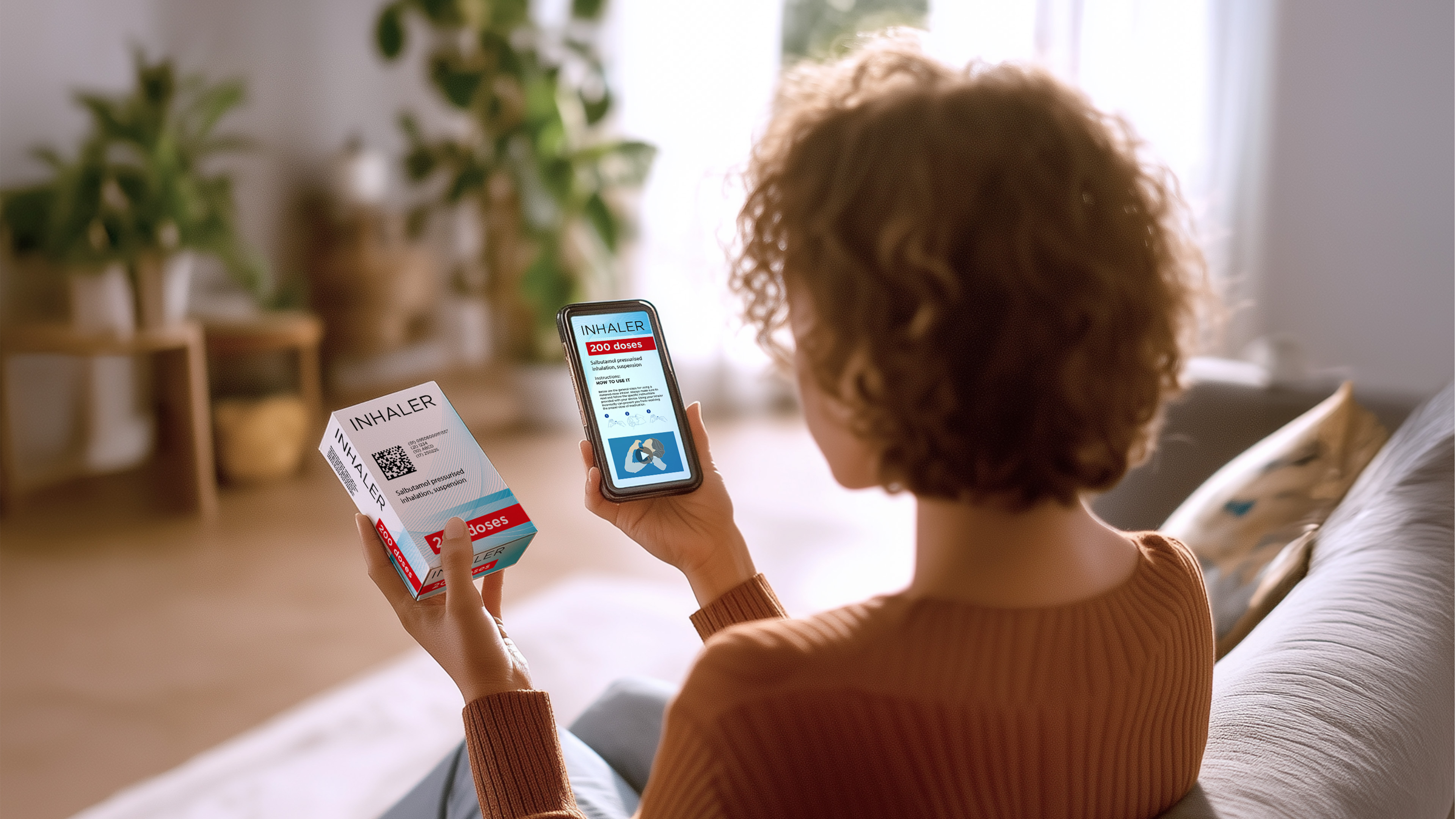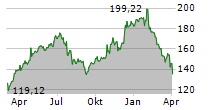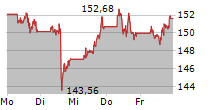Launch of smartphone camera scanning of GS1 DataMatrix barcodes marks a global breakthrough for patient safety.
New capability will allow patients, caregivers, and healthcare professionals to access trusted medical product information using Google Lens, paving the way for wider digital access to trusted data
BRUSSELS, Nov. 20, 2025, the company's visual search tool.
With this new functionality, patients, caregivers, and healthcare professionals will be able to use their smartphones to scan a GS1 DataMatrix barcode and access trusted product information, including electronic patient leaflets (ePILs). This marks a critical first step in advancing access to trusted medical product information. While the functionality is now available through Google Lens, broad access to trusted medical information will depend on adoption by manufacturers. GS1 is working with several global companies to implement this capability and encourages all pharmaceutical and medical devices manufacturers to make their product information available online so that patients everywhere can benefit.
"This collaboration between GS1 and Google is a major step forward in connecting the physical and digital worlds of healthcare," said Renaud de Barbuat, President and CEO of GS1. "By enabling smartphone-native access to trusted medicine data, we're advancing global healthcare transparency and giving patients and professionals the information they need to act with greater confidence."
Building on two decades of healthcare digitalisation, the GS1 DataMatrix has become the global standard for medicine identification and traceability. It encodes essential details including batch number, expiry date, and unique identifiers; key information required by healthcare regulations in more than 70 countries. Today, more than 16 billion medicine packs in the U.S. and EU alone carry GS1 DataMatrix barcodes.

By connecting these existing barcodes to smartphone scanning, the collaboration between GS1 and Google extends access to trusted product information directly to patients and healthcare professionals worldwide. The existing barcodes can now be scanned natively using Google Lens on Android devices and on iOS devices in the near future.
While the scanning capability is already available globally, the extent of accessible information will depend on the readiness of the systems and manufacturers. This marks an important foundation for future expansion of trusted, interoperable healthcare data.
Developed and tested with GS1 and healthcare industry partners, this new capability represents a major advance in improving access to trusted healthcare data. It supports patient safety, informed decision-making, and access to accurate medical information.
In addition to improving patient safety and access to information, the shift toward digital access to electronic leaflets also supports sustainability. In the U.S. alone, printed medicine leaflets are estimated to account for the loss of roughly 12 million trees and greenhouse gas emissions equivalent to 800,000 cars each year, highlighting the environmental impact of digital innovation in healthcare.
"The ability to scan a GS1 DataMatrix directly with a smartphone camera is a breakthrough for global healthcare systems," said Glen Hodgson, Vice President, Healthcare at GS1. "It means the same trusted standards that underpin medicine identification and traceability will deliver trusted information directly into the hands of those who need it most."
This joint initiative reflects a commitment to open standards, and access to medical product information through technical collaboration. It aims to connect the physical and digital worlds of healthcare through trusted, interoperable data, making healthcare safer, smarter, and more efficient for everyone, everywhere -join us by making your product information available online so patients everywhere can benefit.
About GS1
GS1 is a neutral, not-for-profit organisation that develops and maintains the most widely used global standards for business communication, including the GS1 DataMatrix barcode used to identify and trace medicines worldwide. Best known for the barcode, named by the BBC as one of the "50 things that made the world economy," GS1 standards enhance efficiency, safety, and visibility across supply chains and sectors. With Member Organisations in over 120 countries and territories and more than 2 million member companies, GS1's mission is to enable a world where trusted data improves business and lives everywhere. Learn more at www.gs1.org.
Media Contacts
GS1
Carlos Carnicero Urabayen
carlos.carnicero@gs1.org
Google
press@google.com
A photo accompanying this announcement is available at https://www.globenewswire.com/NewsRoom/AttachmentNg/20bf564d-863e-4e2b-a32d-02632a576672



